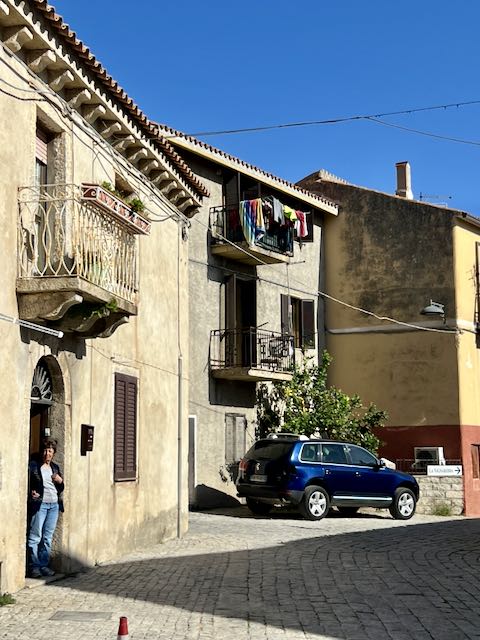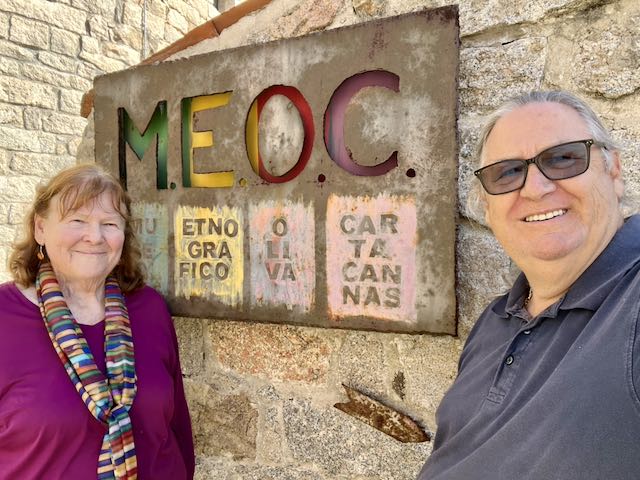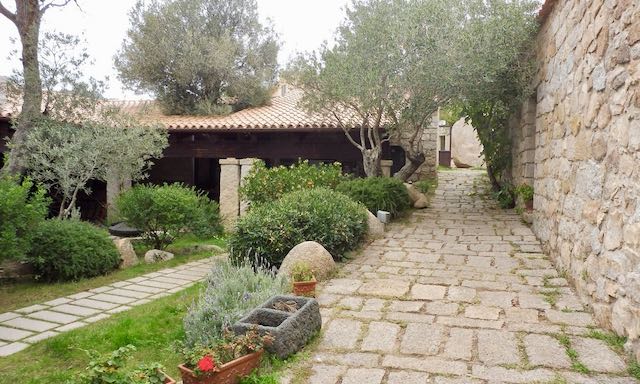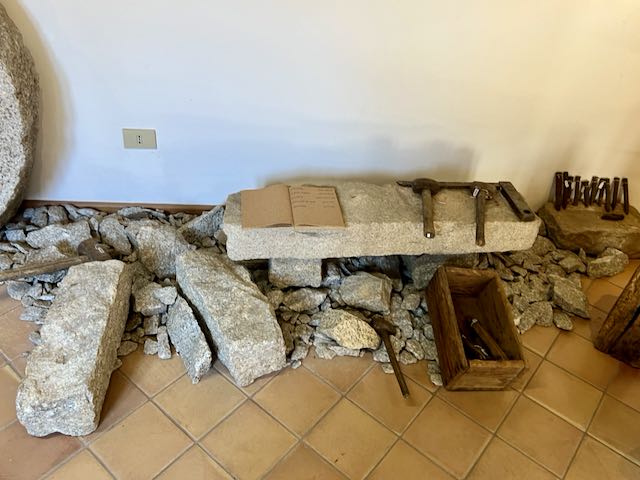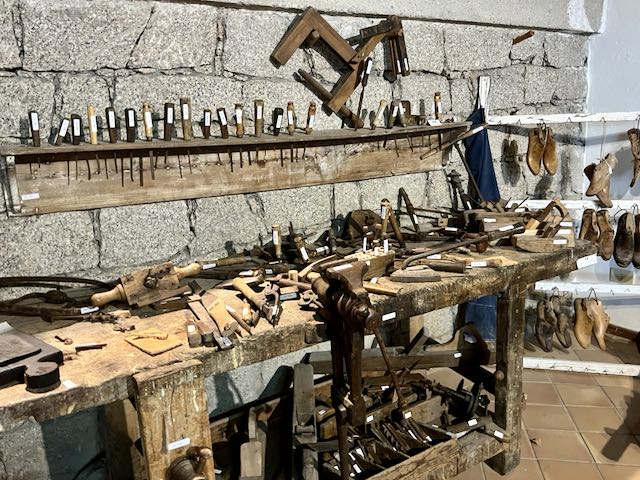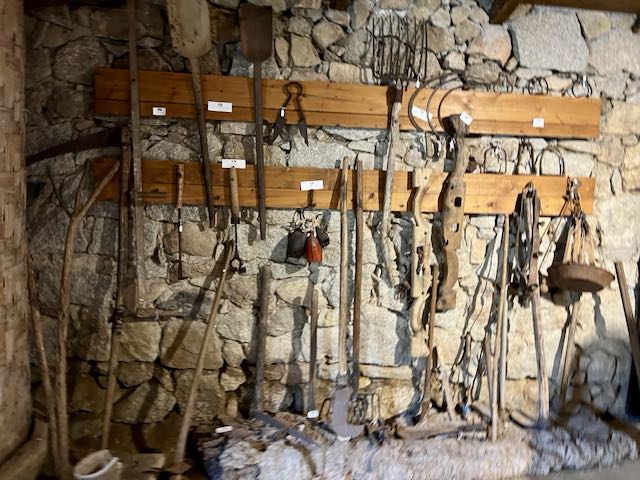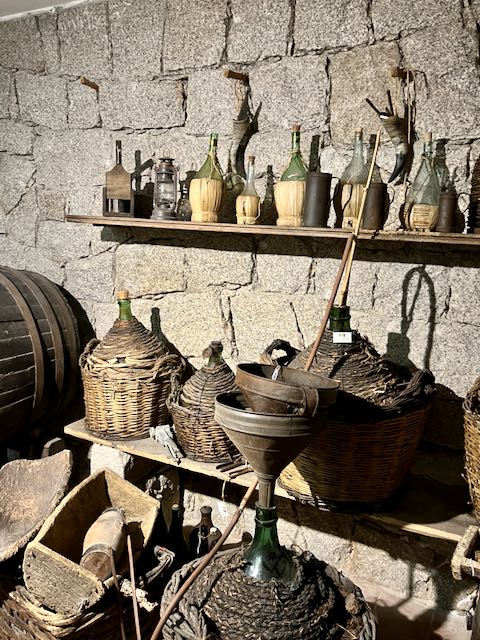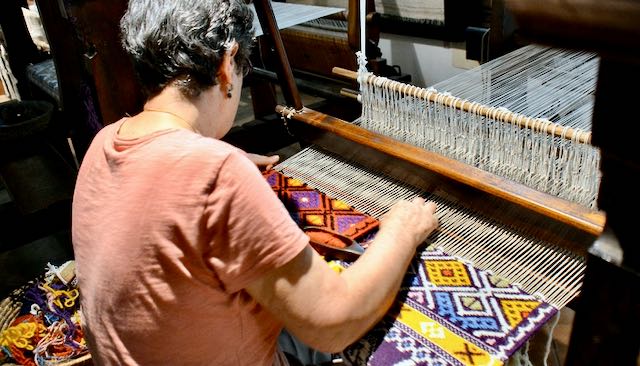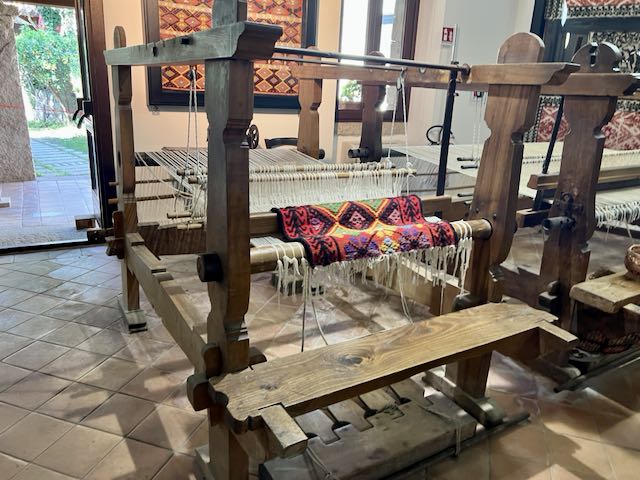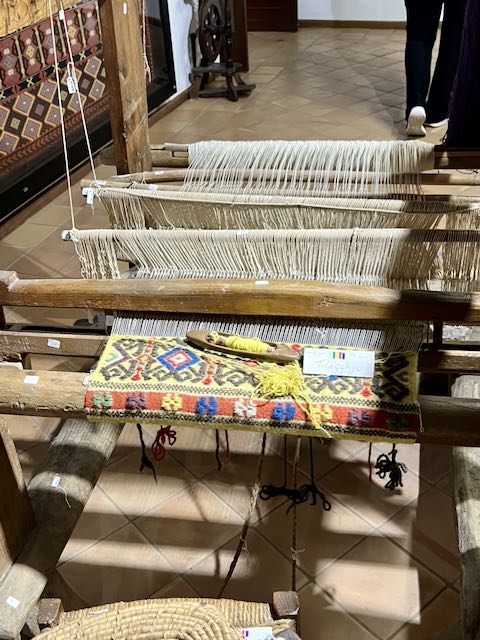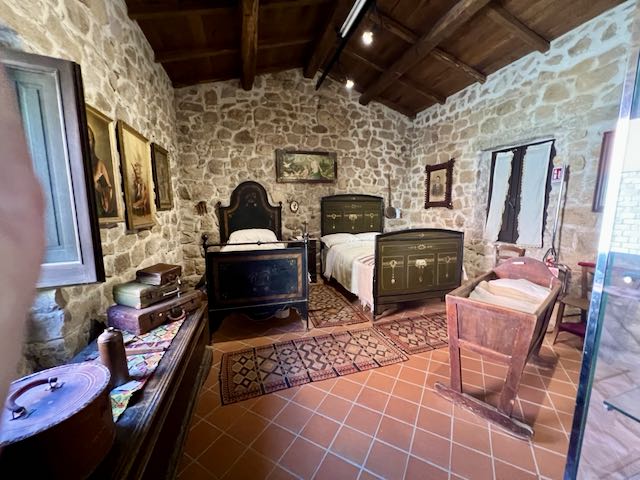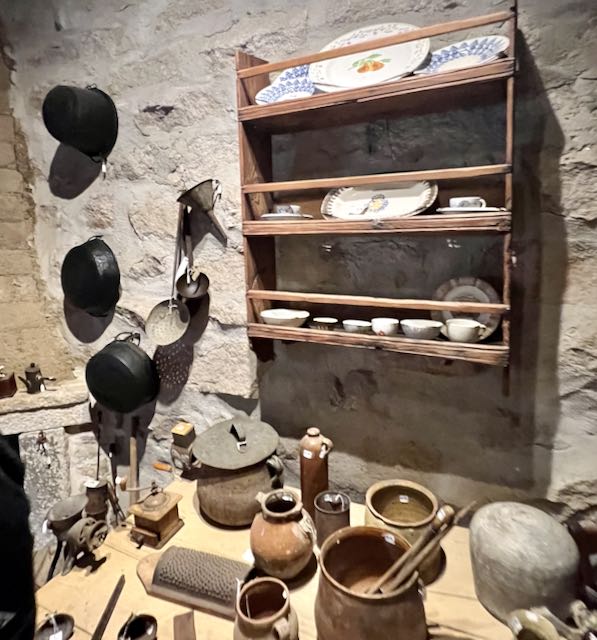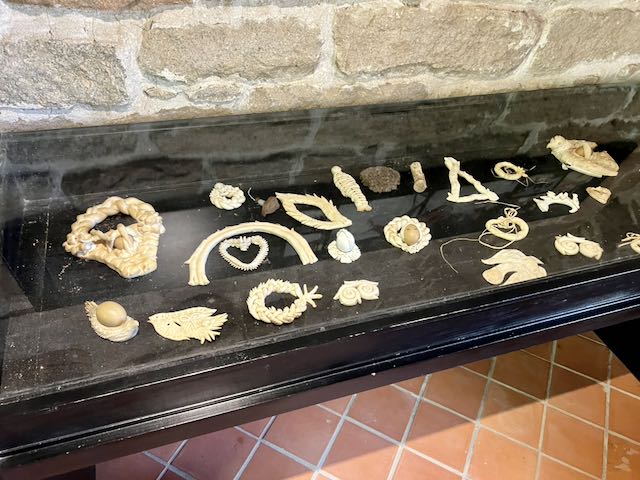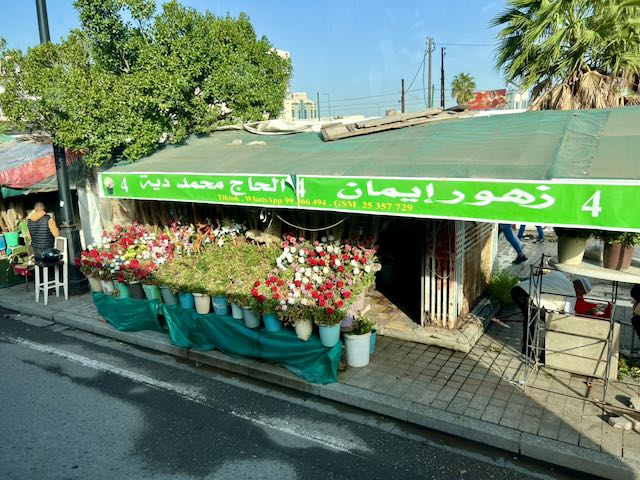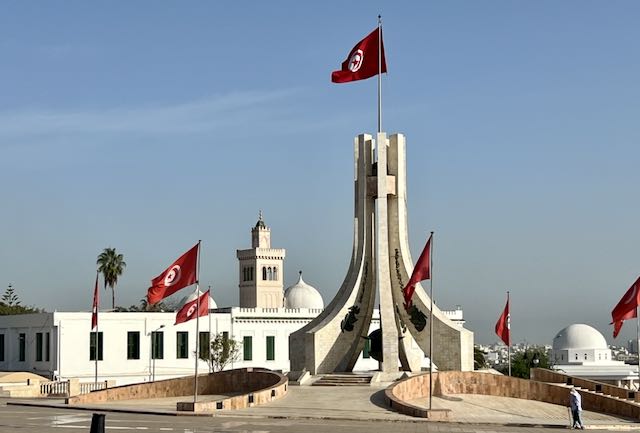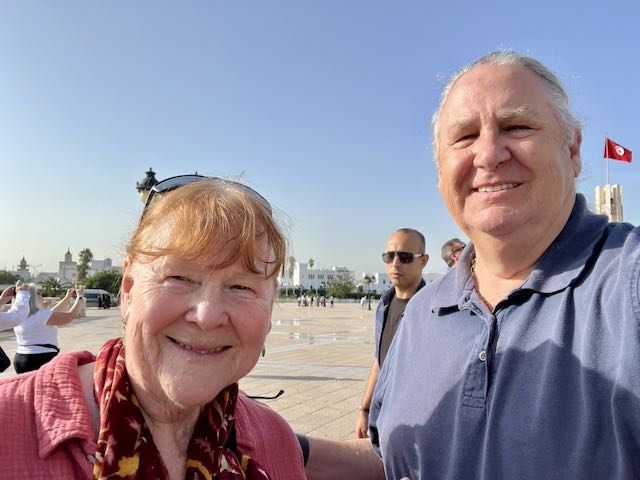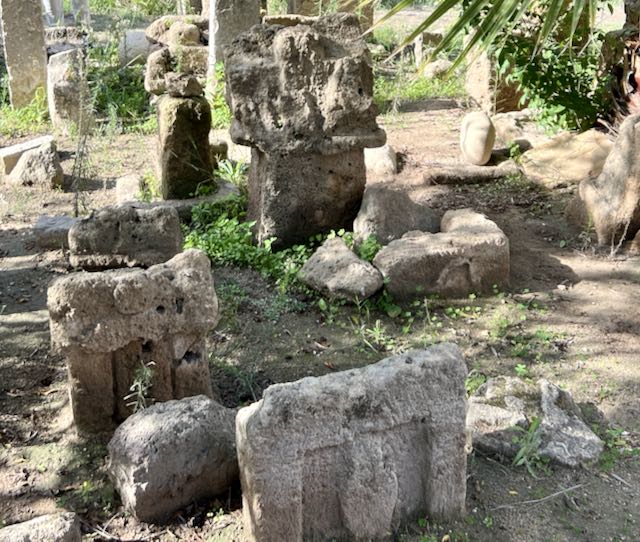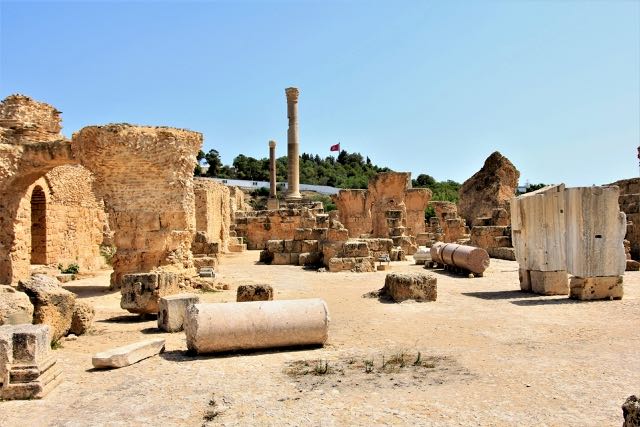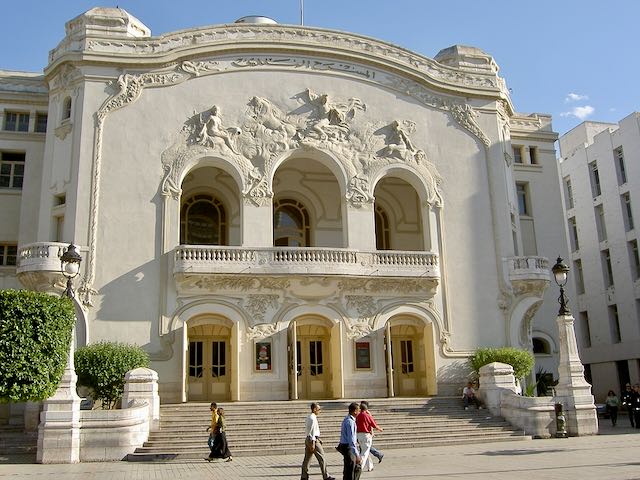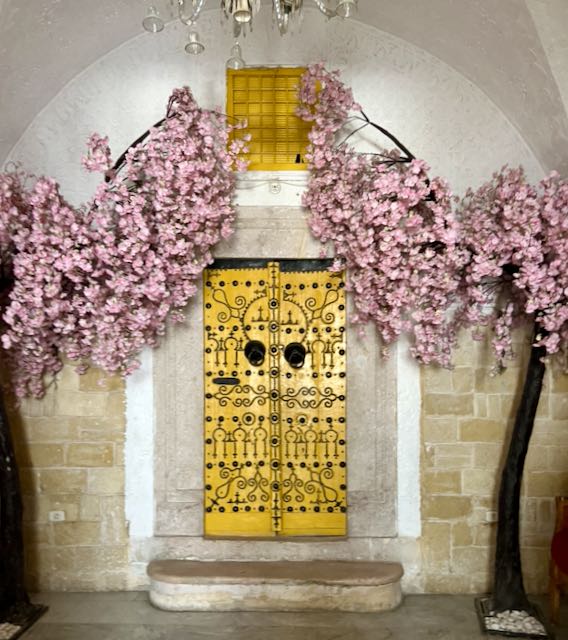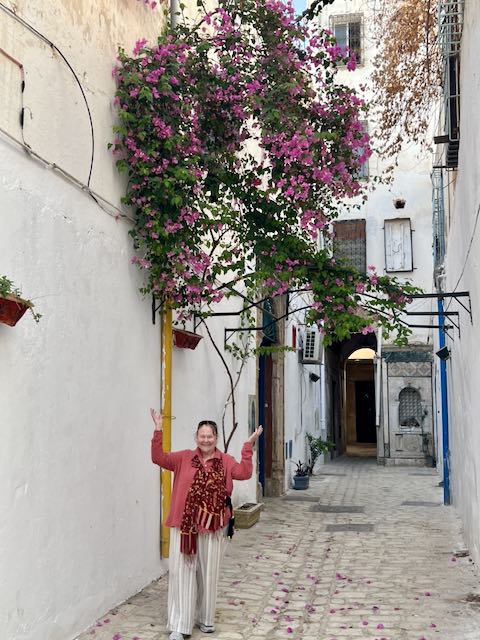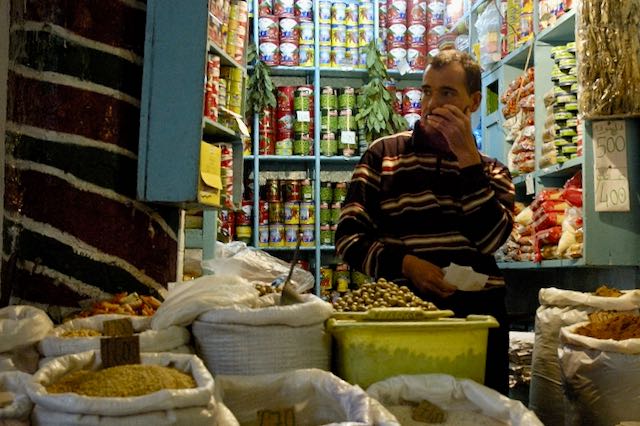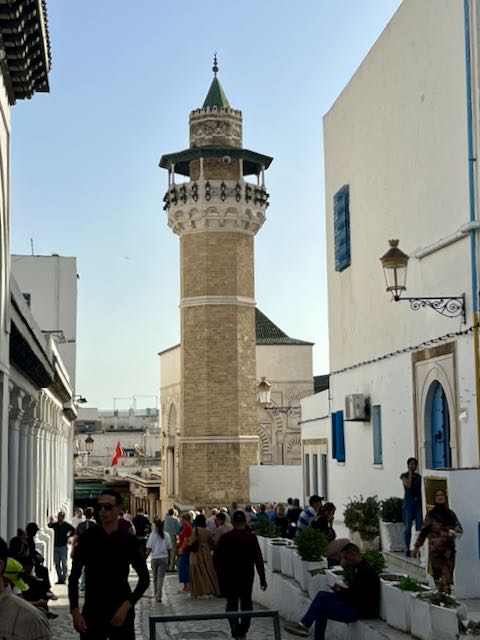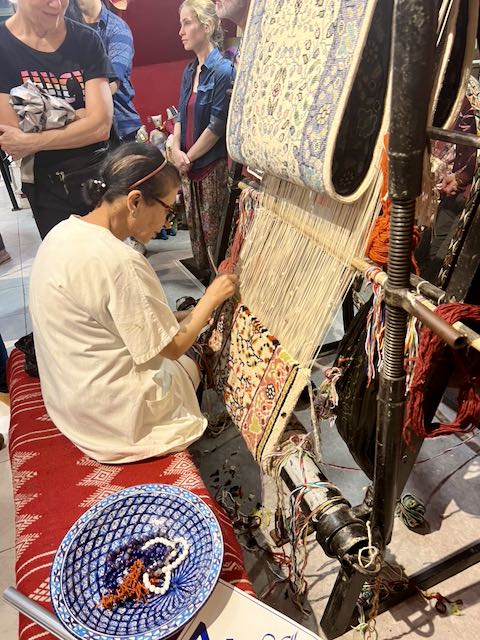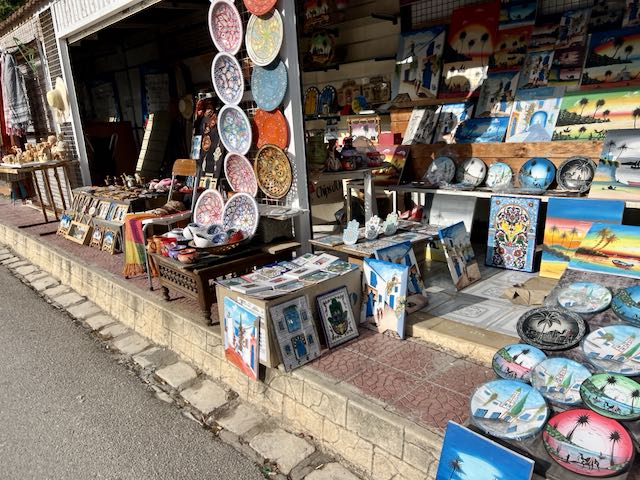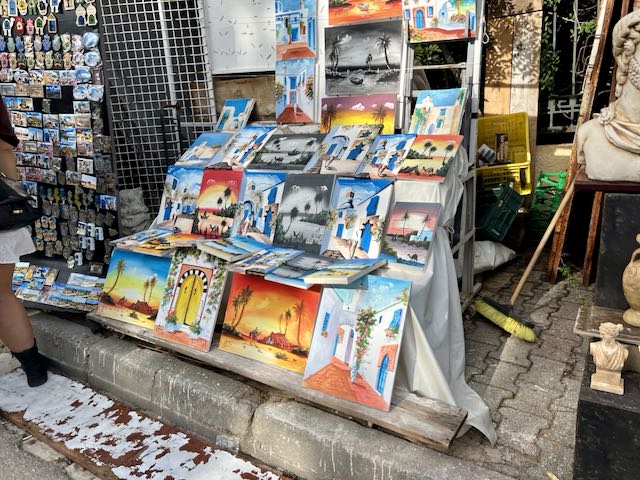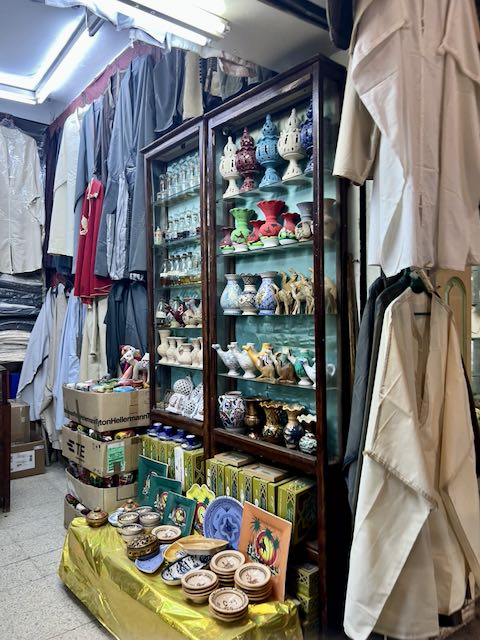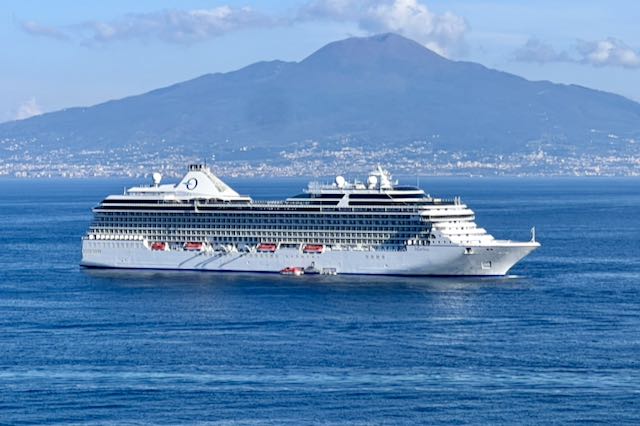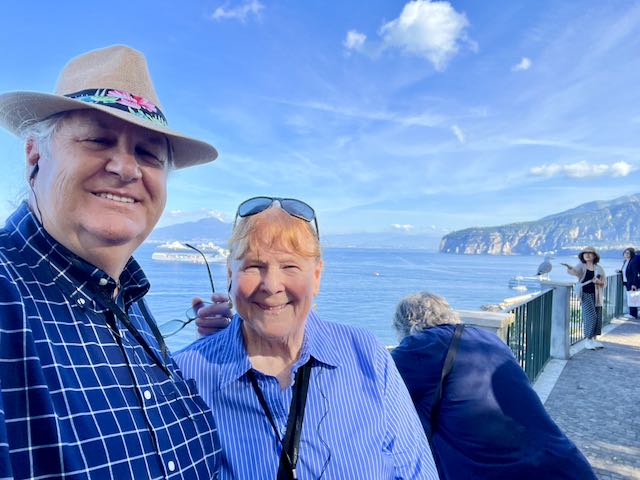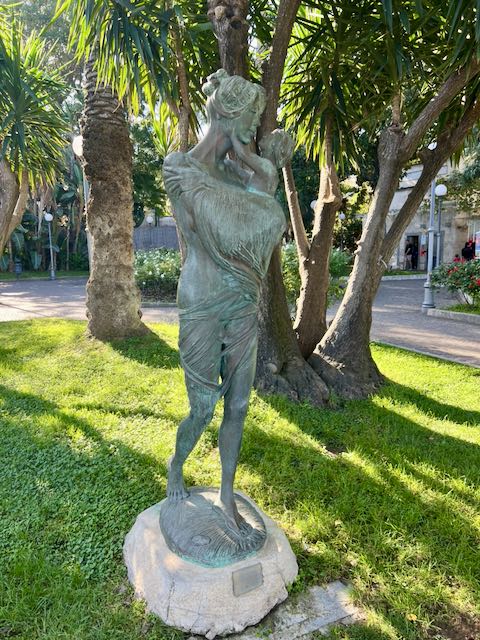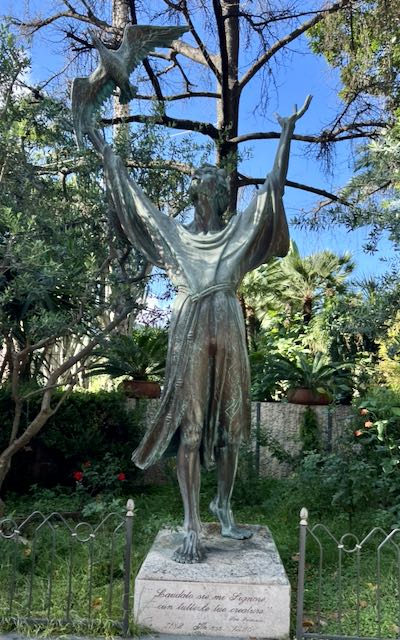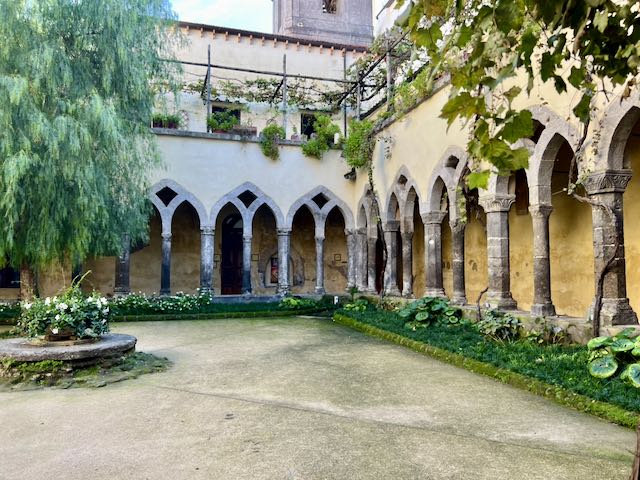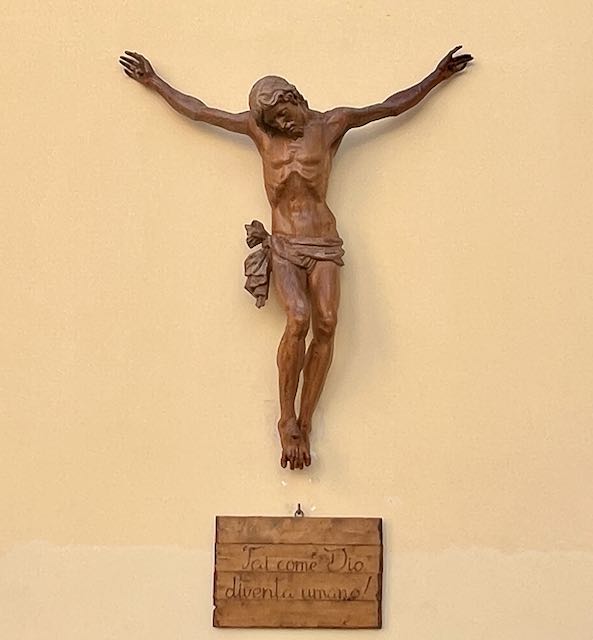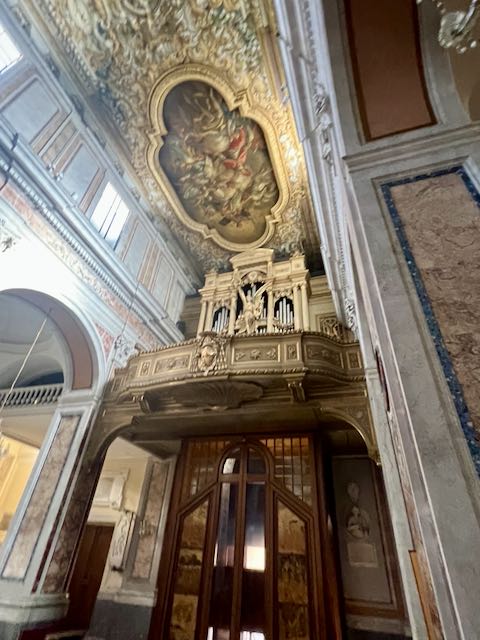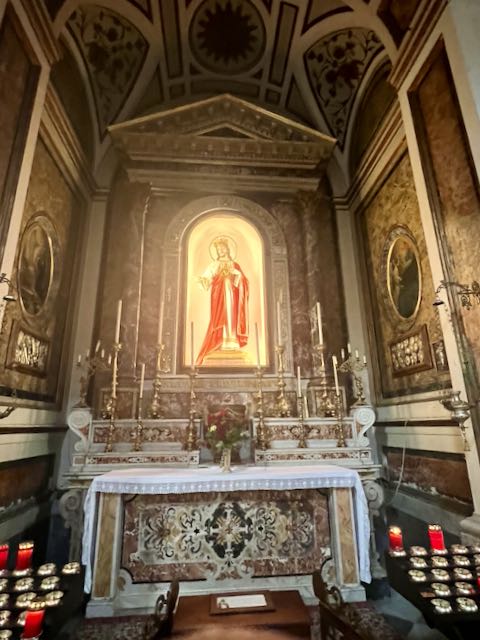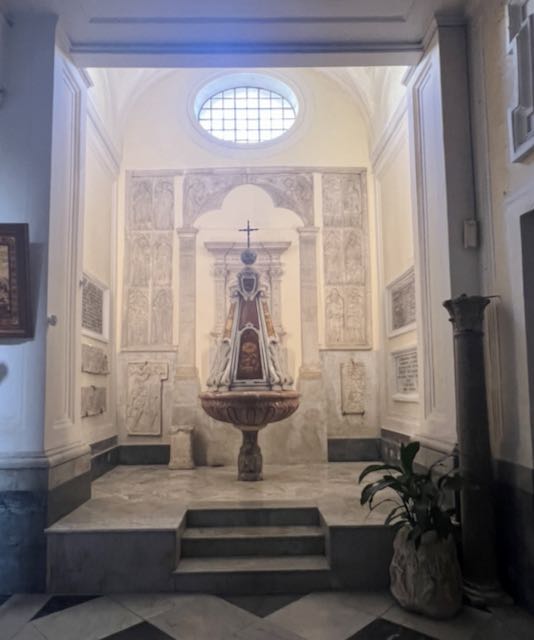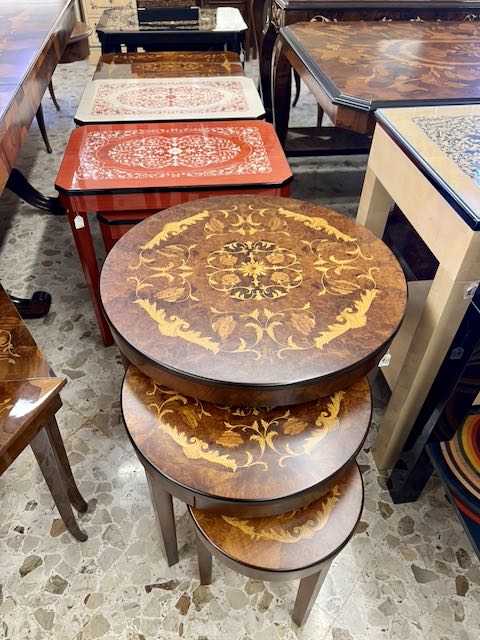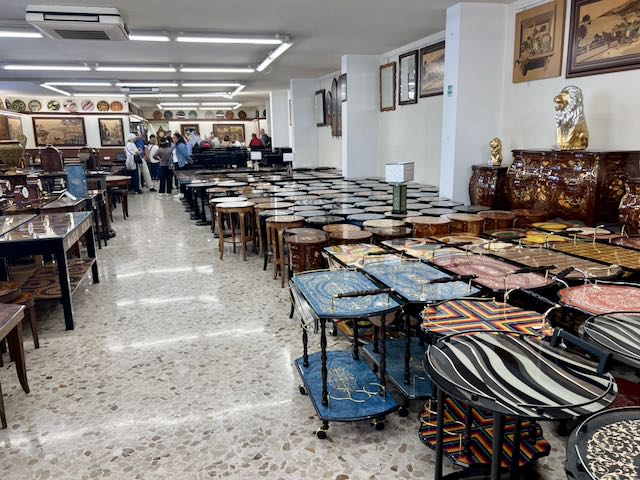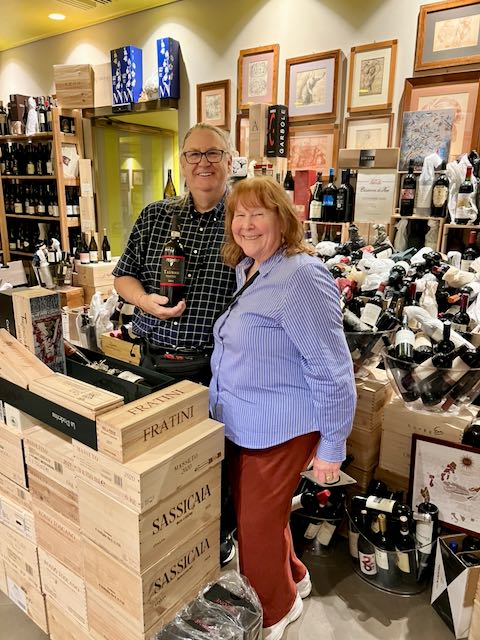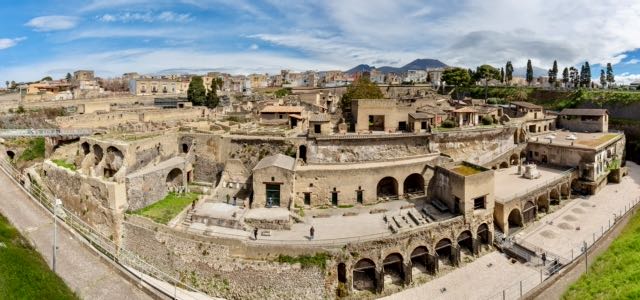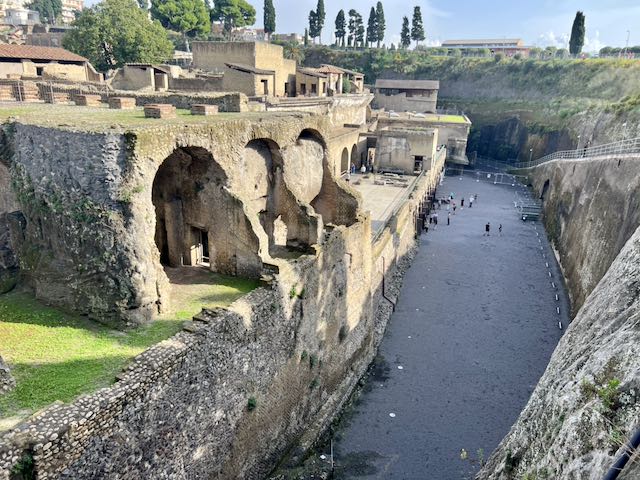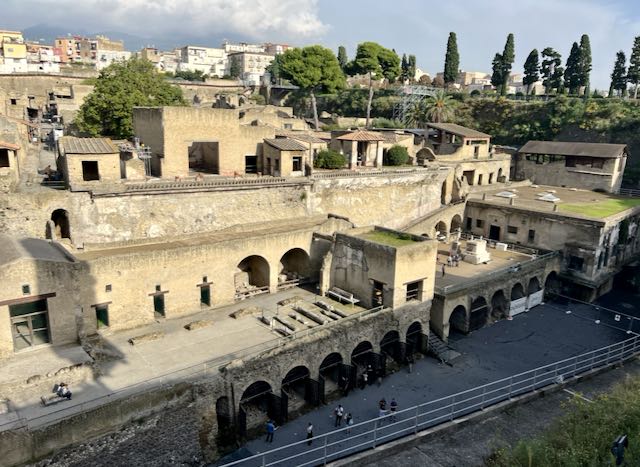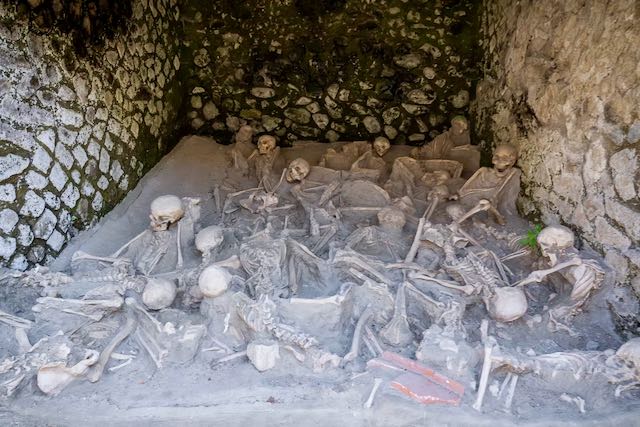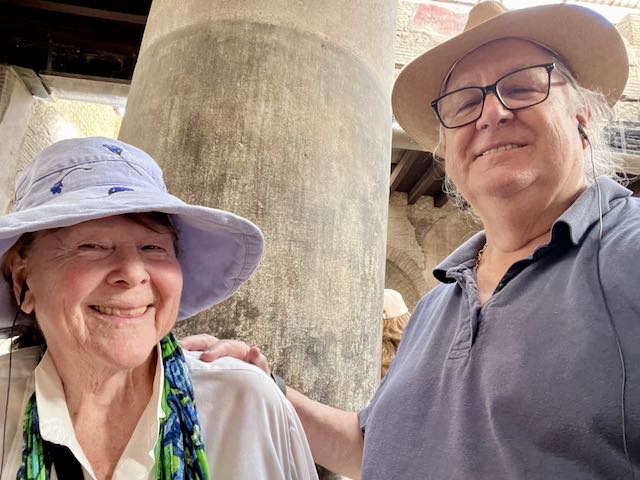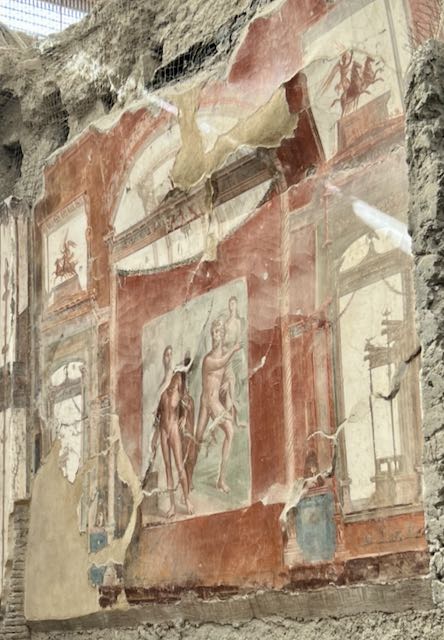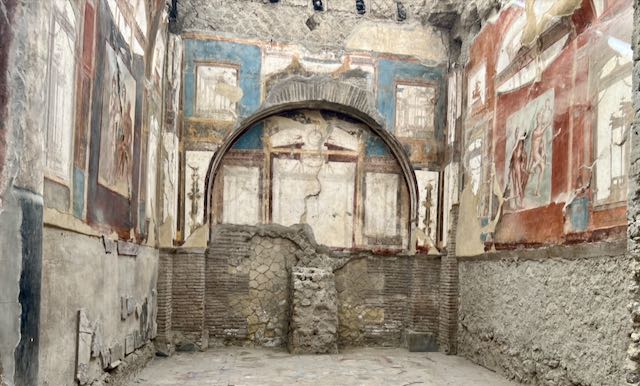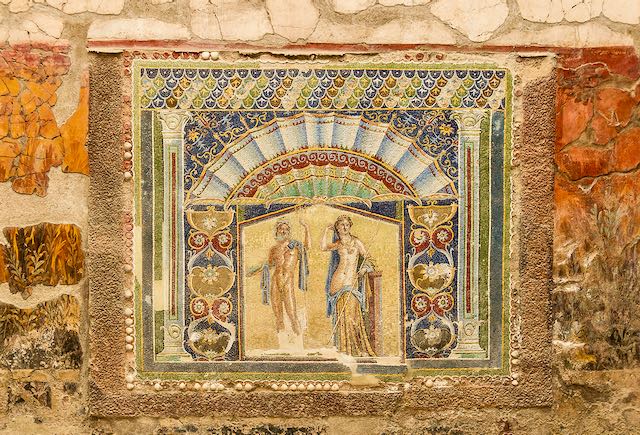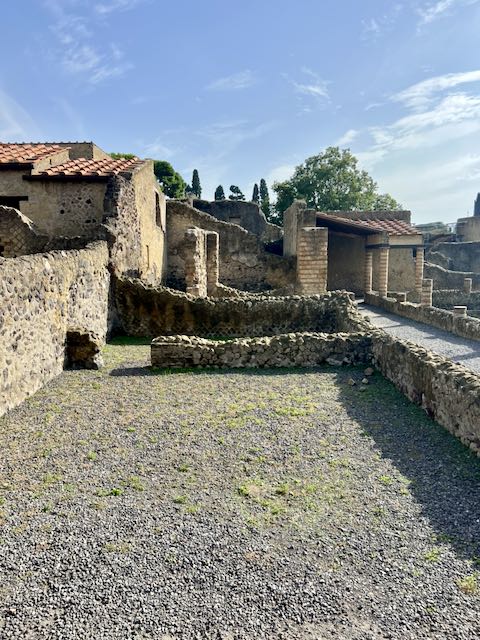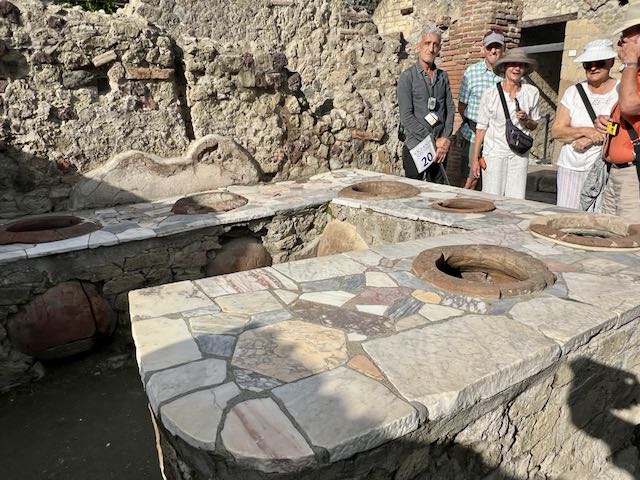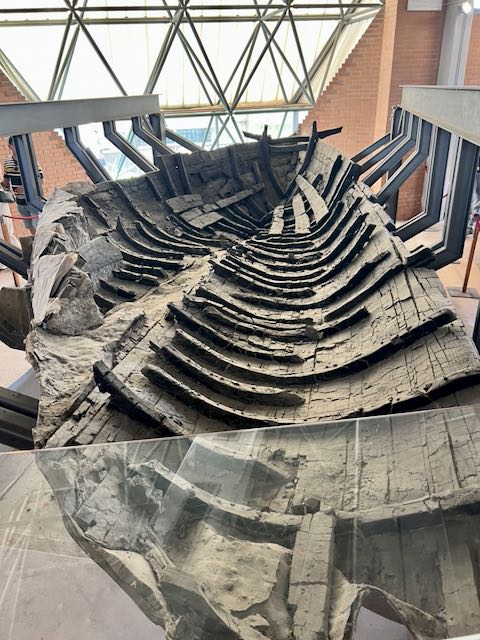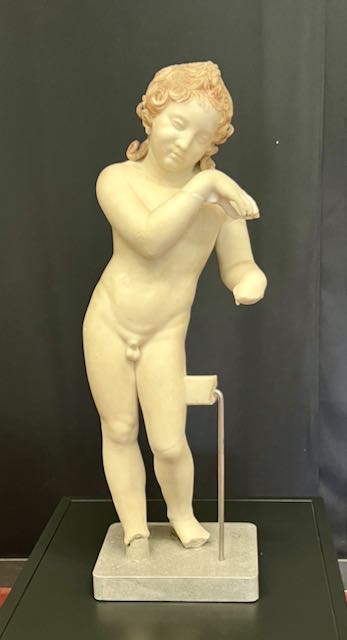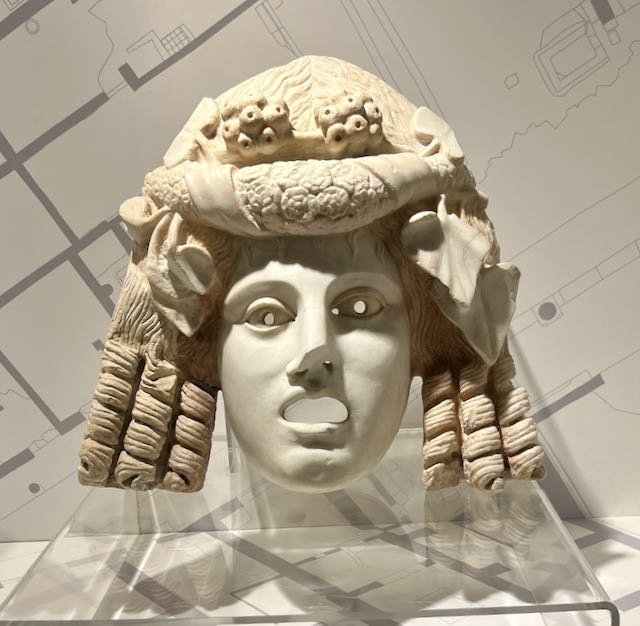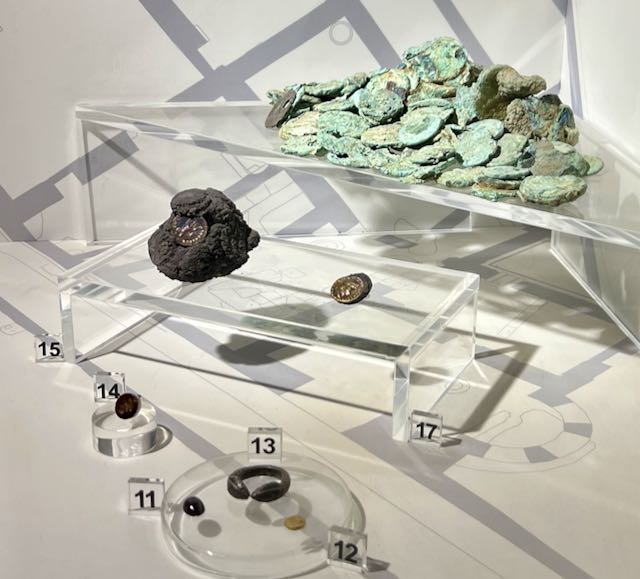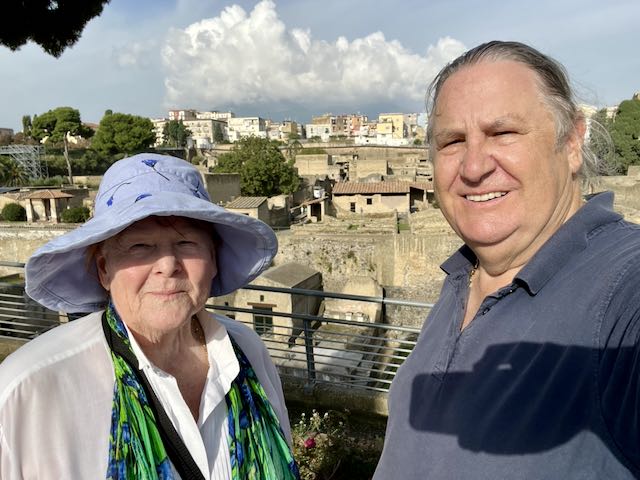Our next stop was Corsica – specifically Ajaccio the capital of the island. Corsica, located in the Mediterranean Sea, has been part of France since 1768. This charming city is located on the west coast of the island and offers a unique combination of history, culture, and natural beauty.
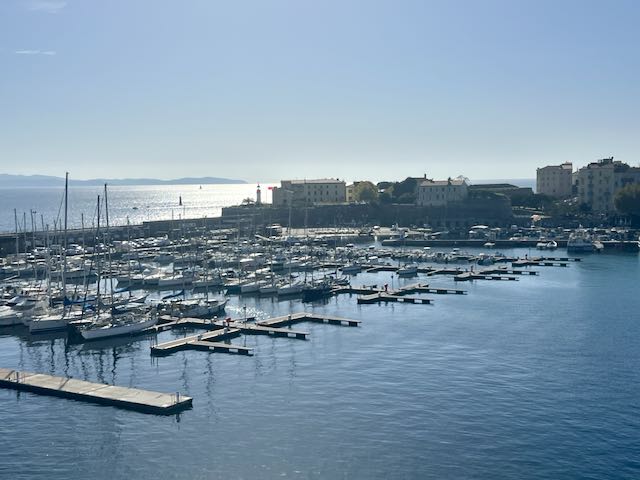
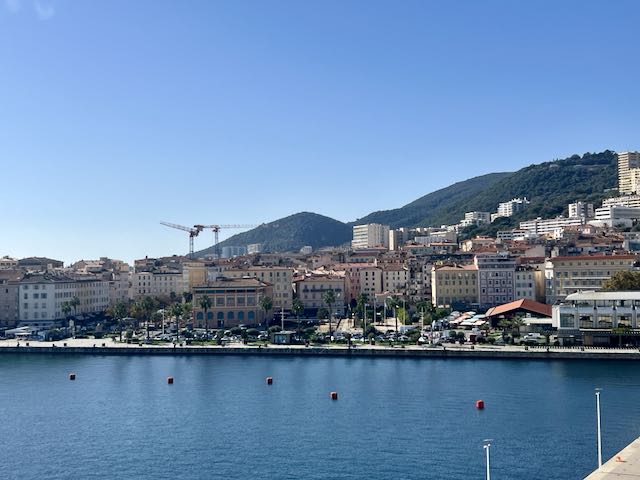
The view of Ajaccio from our cabin on the ship.
Founded in 1492, Ajaccio is known for being the birthplace of Napoleon Bonaparte in 1769 and a city with a picturesque port, crystal-clear beaches, and a historic center with cobblestone streets, charming squares, and colorful buildings. Our first stop was Palais Fesch – a museum of fine arts. Christien, our guide was eager to share the special pieces.
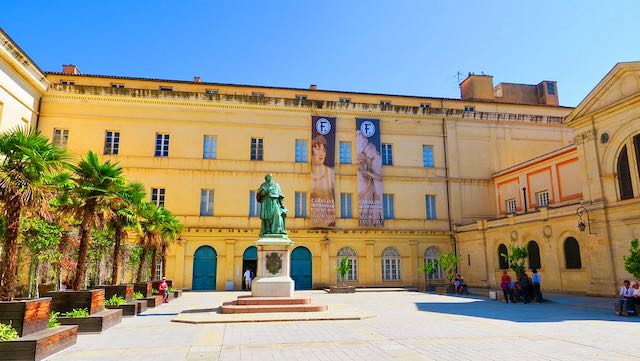
Located within the gated Palais Fesch, it was established by Napoleon the first uncle, Cardinal Joseph Fesch. The museum is one of France’s leading museums for Italian paintings. It covers an area of 5,000 m² and is divided into several levels. We started our visit on the 2nd floor, and viewed a selection of masterpieces of Italian painting from the 14th to the 17th century.


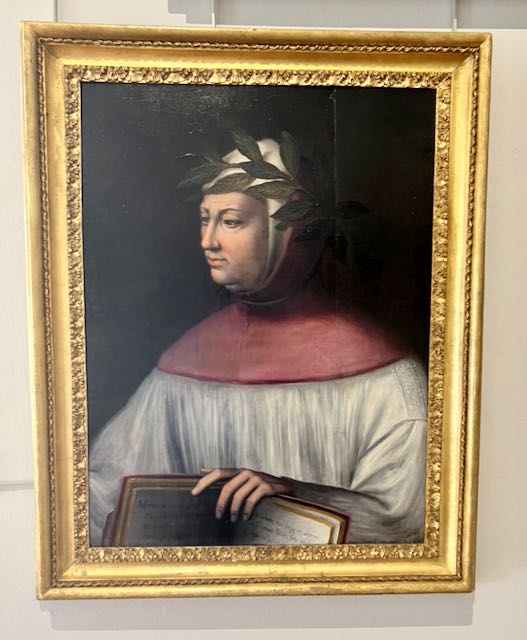

Eventually we got to the ground floor, where there were some superb paintings of Napoleon and his family. Also marble busts of the entire family, as well as son Charles. It was an interesting, if a bit long, visit to a lovely museum.

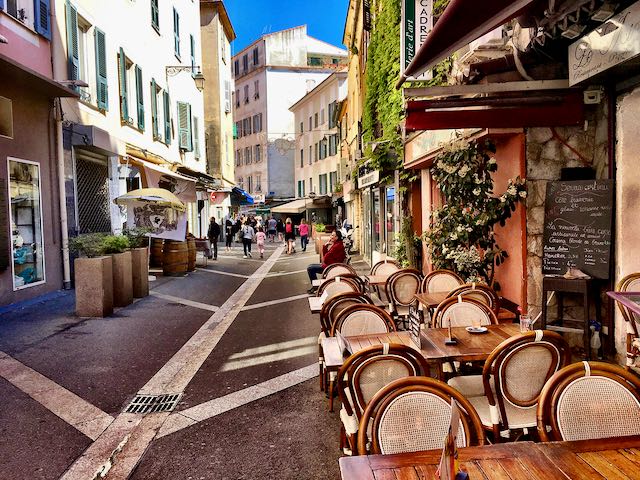

After the museum, our walking tour gathered at Republique square, then wandered around the various streets, viewing the shops and markets making our way eventually to Napoleon’s birthplace, Casa Buonaparte.

Maison Bonaparte is the ancestral home of the Bonaparte family. The house was almost continuously owned by members of the family from 1682 to 1923. It was given to the French Government in 1967 eventually becoming a museum. We didn’t go into it but certainly appreciated the history of the place.
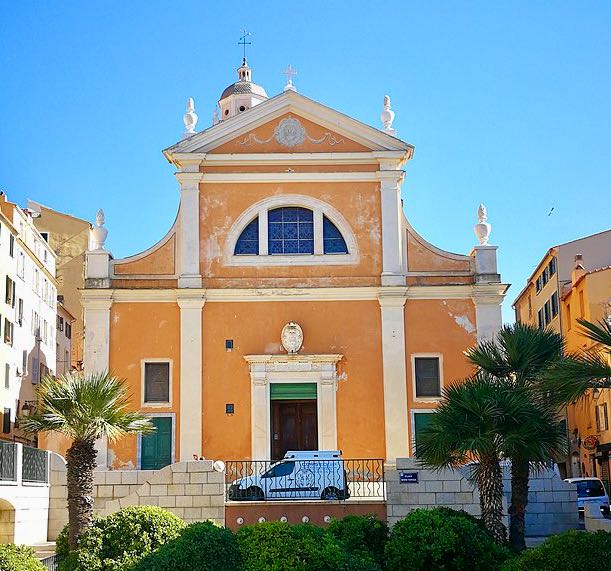

We ended our walking tour at the Ajaccio Cathedral, officially the Cathedral of Our Lady of the Assumption. The Cathedral has been around since the late 1500’s and one of its major claims to fame is it is where Buonaparte was baptized. A lovely old church for sure.

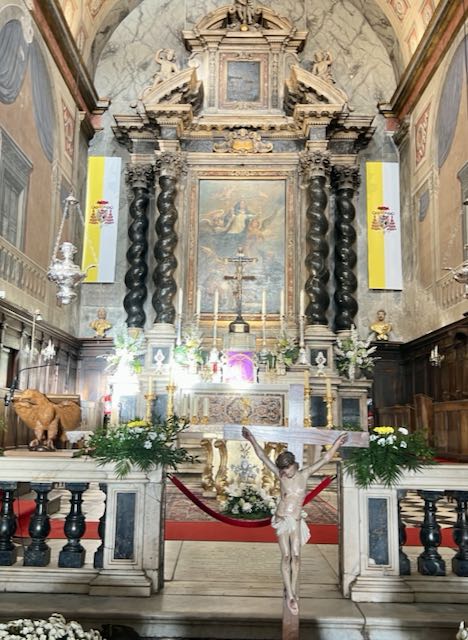

A couple of side alters and the main alter of the Cathedral
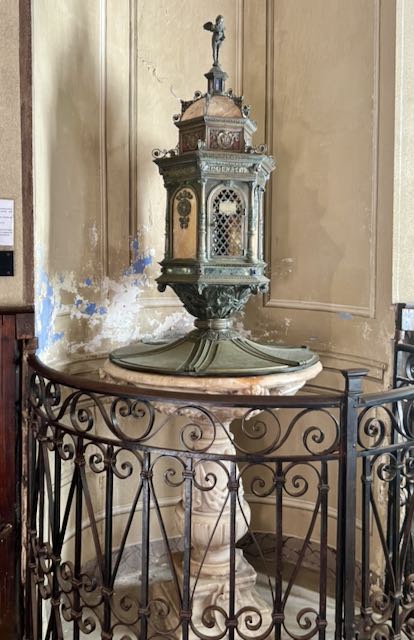
Throughout the tour, with just a glance towards the harbor we could see our ship so it was virtually impossible to get lost.
After picking up a few post cards we headed back to the ship and a relaxing evening on board.
